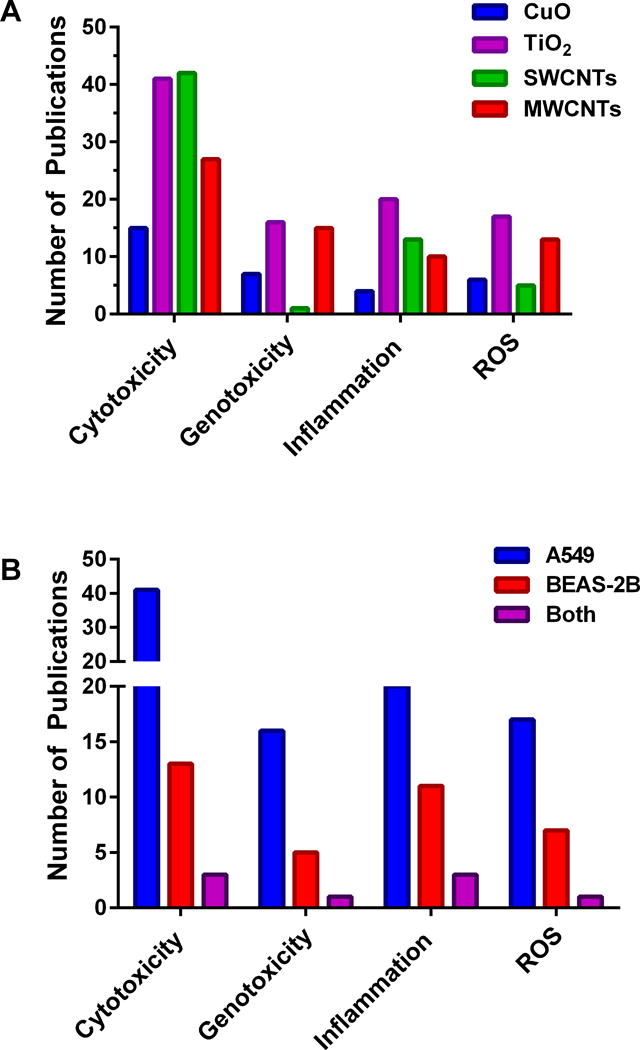Figure 3. Histograms highlighting the paucity of in vitro studies that assess the impact of ENs on lung cell health and inflammatory potential. (A).

Number of published articles (2006 – 2016) documenting the potentially detrimental effects (in vitro) of copper oxide ENs, titanium oxide ENs, single walled carbon nanotubes (SWCNTs), or multi-walled carbon nanotubes (MWCNTs) on the human adenocarcinoma cell line, A549 (representative of alveolar basal epithelia). (B) Comparison of the number of published articles documenting the potentially detrimental effects of titanium oxide ENs on A549 or BEAS-2B (a cell line representative of normal human bronchial epithelia) or both cell lines studied in parallel (indicated as both). The findings shown here for titanium oxide ENs represent a general trend for ENs where a greater number of articles have been published involving A549 compared to BEAS-2B. Data was generated using Thomson Reuters Web of Science citation indexing service, and based on a search for articles in all databases using the following search terms.: (A) For copper oxide ENs: Nano* AND “copper oxide” or CuO. For titanium dioxide ENs: Nano* AND “titanium dioxide” OR TiO2. For SWCNTs: “carbon nanotubes” NOT multi-walled. For MWCNTs: “carbon nanotubes” AND multi-walled OR multiwalled. The search for each EN was then followed by a refined search using A549, followed by another refined search for cytotox*, genotox*, inflamm* or “ROS”. (B) Following a search for titanium dioxide ENs (described above) a refined search was performed using A549 or BEAS-2B or A549 followed by BEAS-2B (both). The results from each search were modified further by scrutinizing each citation and eliminating any irrelevant publications, thereby increasing the accuracy of the resulting data.
